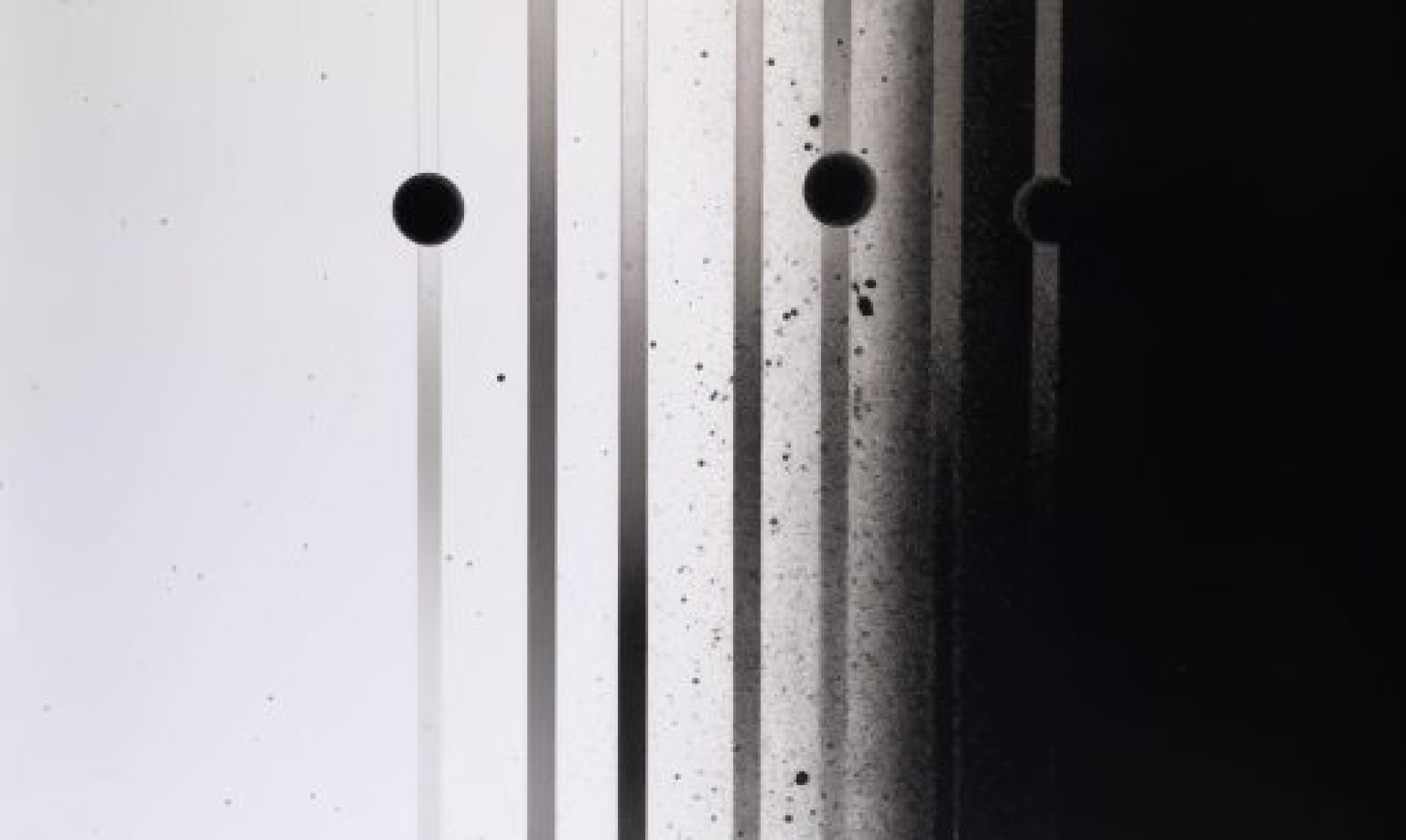Vienna 08.01.2011
digital : an audiovisual love affair presents:
the world premiere of the installation – silant.bou.room
featuring excerpt from a release by i8u, und transit on non visual objects
silant aka Ilan Katin
bou from Geneva
starts at 00h00
Metropol Theater.
Hernalser Hauptstr. 55,
1170 Wien
also :
Acts (Auswahl):
♦ Solo Live Act by T.RAUMSCHMIERE (Shitkatapult / Kompakt) ♦ MARKUS LINDNER (Stadtpark) ♦ SCHEIBOSAN (scheibosan.at) ♦ BURT REYNOLD (Cosmic Resident) ♦ SIMONLEBON (Market / Tjummy) ♦SILANT (Modul8) ♦ BOU (Le Zoo) ♦ BLACKDATA (Hamburg) ♦ PIXKOMPRESSOR (Lichttapete) uvm.
Specials:
♦ Digital 1 Year Anniversary ♦ SOLO LIVE ACT by T.Raumschmiere ♦ Video-Mapping Installation by Silant & Bou ♦ Special Location: Metropol …♦
Wenn Digital am 8. Jänner seinen 1.Geburstag im Wiener Metropol feiert, darf man sich auf einige Überraschungen freuen.
Viel ist im letzten Jahr passiert und das soll auch gebührend gefeiert werden. Neben einer legendären Free Party in der Ankerbrotfabrik kann man zufrieden auf bahnbrechende Kuppelprojektionen, 3D Visuals, fulminante Live-Sets von Kollektiv Turmstrasse oder Apparat, visuelle Darbietungen der besten internationalen und nationalen Visualisten, Ausstellungen, Lesungen und vieles mehr zurückblicken.
Zu diesem besonderen Anlass zieht Digital auch in eine ganz besondere Location. Selten hat man die Gelegenheit im Wiener Metropol – einem Jahrhundertwendetheater – zu feiern, aber am 08. Jänner ist es soweit.
Als besonders extravaganter Gratulant, der sich weder in Schubladen stecken lässt noch in Kategorien denkt, erwartet euch T.Raumschmiere mit einem seiner legendären Solo Live Acts. Mit wilden Performances, die so manchen Rockstar in den Schatten stellen, begeistert der Mann mit Punk-Rock Vergangenheit, der nie ein Techno Artist sein wollte und gerne Aphex Twin als Inspiration nennt, Kritiker, Musikbegeisterte und Clubgänger gleichermaßen. Nach zahlreichen, erfolgreichen genreübergreifenden Releases auf Labels wie Kompakt, Sender oder Shitkatapult und Kollaborationen mit Miss Kittin oder Ellen Allien gratuliert er nun endlich am Digital.
Ein weiterer außergewöhnlicher Gratulant ist niemand geringerer als Silant aka Ilan Katin von der zur Zeit führenden Visualsoftware Modul8 und Allroundkünstler in Personalunion, der eine extra vorbereitete innovative Video-Mapping Installation gemeinsam mit seinem Kollegen Bou aufwartet. Und obendrein tauchen Blackdata, T.Raumschmiere`s VJ-Freund aus Hamburg, Pixkompressor vom Lichtkunstkollektiv Lichttapete, Wemakevisuals, Fitzke Family und der lustige Astronaut die gesamte Location in vollkommen neue Sphären und sorgen für visuelles Vergnügen der Extraklasse.
Nationaler Support in musikalischer Hinsicht kommt vom Stadtpark Mastermind Markus Lindner, dessen Name allein schon für höchste Qualität steht, Cosmic Resident Burt Reynold, dem umtriebigen Scheibosan und Simon Lebon von Tjumy Records.
Wir gratulieren herzlich!
♫ LINE UP (komplett) ♫
●●● DIGITAL FLOOR ●●●
minimal / techno / electro / house
▲T.RAUMSCHMIERE▲ Solo Live Act!
(Random Rave Sessions – LIVE / Shitkatapult / Berlin, Germany)
MARKUS LINDNER (Stadtpark Nacht)
SCHEIBOSAN (scheibosan.at)
BURT REYNOLD (Cosmic Resident)
SIMON LEBON (Market / Tjumy Records)
● VISUELLE GESTALTUNG VON ● :
SILANT (Modul8 Team, Berlin)
BOU (Le Zoo, Geneva)
BLACKDATA (Hamburg)
PIXKOMPRESSOR (Lichttapete, Wien)
WEMAKEVISUALS (Wien)
DER LUSTIGE ASTRONAUT (Optical Matrix)
FITZKE FAMILY (Wien)







